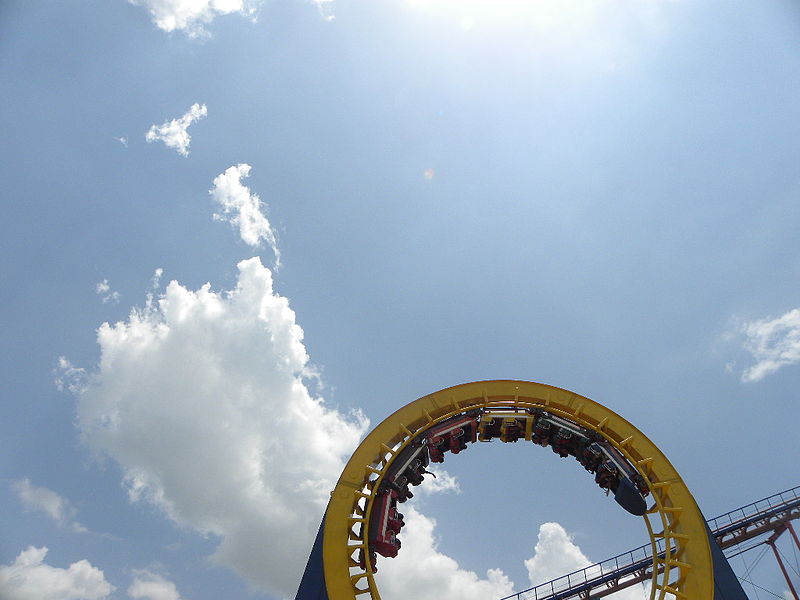Markets continue to do well on the back of an ongoing search for income generating assets by investors. This has caused nearly all assets to perform well year-to-date as both bonds and equities offer cash flows that can be harvested. With respect to equities new psychological bars were broken with the S&P touching 1600 points and the Dow Jones the 15,000 mark. At the same time, core government bond yields reached new lows and spreads on peripheral bonds tightened dramatically. Both Italian and Spanish bond yields fell through the 4% level.
In its last Marketexpress ING IM describes the reasons for the favorable performances and focus on the outlook for equity markets. In the asset manager’s opinion it is too early to say that these markets are getting ahead of themselves.
Renewed acceleration in economic growth is expected
As already said, ING IM continues to believe that the current consolidation phase will be followed by a renewed acceleration in the second half of this year. The factor that really makes the difference this time is the structural dovish shift in central bank reaction functions. Since the summer of last year it has been made very clear that the main focus of monetary policy is now on dealing with high and persistent unemployment as well as ensuring financial stability. In ING IM’s view this has also imparted a structural positive shift in corporate and market sentiment. Of course, central banks have this luxury because inflation pressure will remain absent for some time to come.
Equity investors clearly reacted on negative indicators
Looking at the record highs of some equity indices, it looks as if recent disappointing data have not influenced stock markets. ING IM points out that this is not true, however. Within equity markets they notice that investors have indeed reacted to the disappointing movement in cyclical indicators. The graph shows the underperformance of cyclical equity sectors. The CESI (blue line) is the Citigroup Economic Surprise Index. The graph illustrates that the current cyclical underperformance has already gone very far. Cyclical sector performance has declined to the lowest level since the start of the global financial crisis. This makes ING IM, from a tactical asset allocation perspective, somewhat cautious. As said, they expect the current soft patch to be temporary while global central banks are injecting liquidity – leading to an expansion of global financial conditions. What if cyclical data will recover later this year?
Cyclical sectors perform in line with cyclical indicators

Turnaround in cyclical data positive for cyclical sectors
Actually, ING IM notices a shift in investor buying behavior from ‘equity-like’ bonds (high yield) to ‘bond-like’ equities (stable dividend growers). This also explains the unusual combination of a strong equity market with defensive sectors outperforming the cyclical and ‘high beta’ sectors.
According to the report, a turnaround in cyclical data may push investors further up the risk curve. Given valuations and performances of cyclical equity sectors versus defensive equity sectors, this push could be forceful, ING IM adds. In their sector allocation they therefore closed the underweight positions in Energy and Materials (to neutral) and reduced their positions in Health Care (to neutral) and Consumer Staples (to underweight).
Despite new stock market highs, sentiment is far from euphoric
Sentiment in equity markets is far from euphoric, ING IM affirms. This is for them another reason that it is too early to say that equity markets are getting ahead of themselves. Looking at investor flows, ING IM sees no rush into equities. The US and Japan are witnessing inflows, but Europe sees outflows. All in all, the asset manager has taken somewhat more risk in equity sectors while we remain overweight equities and real estate equities versus fixed income categories.



 For Fórmate a Fondo
For Fórmate a Fondo